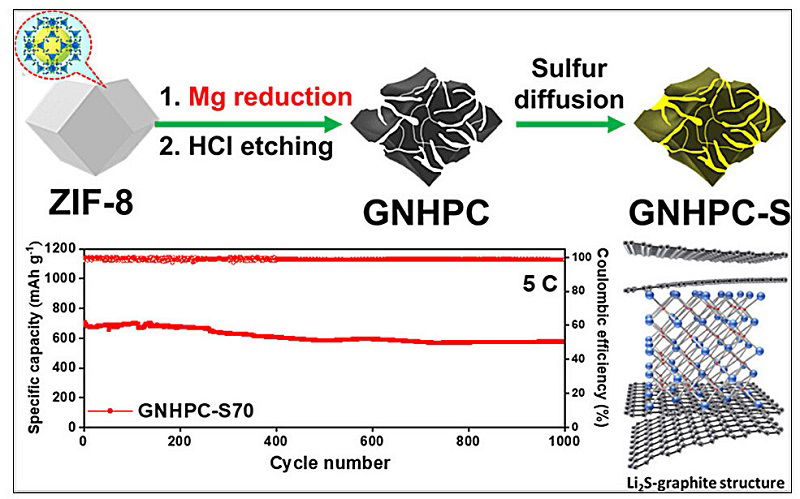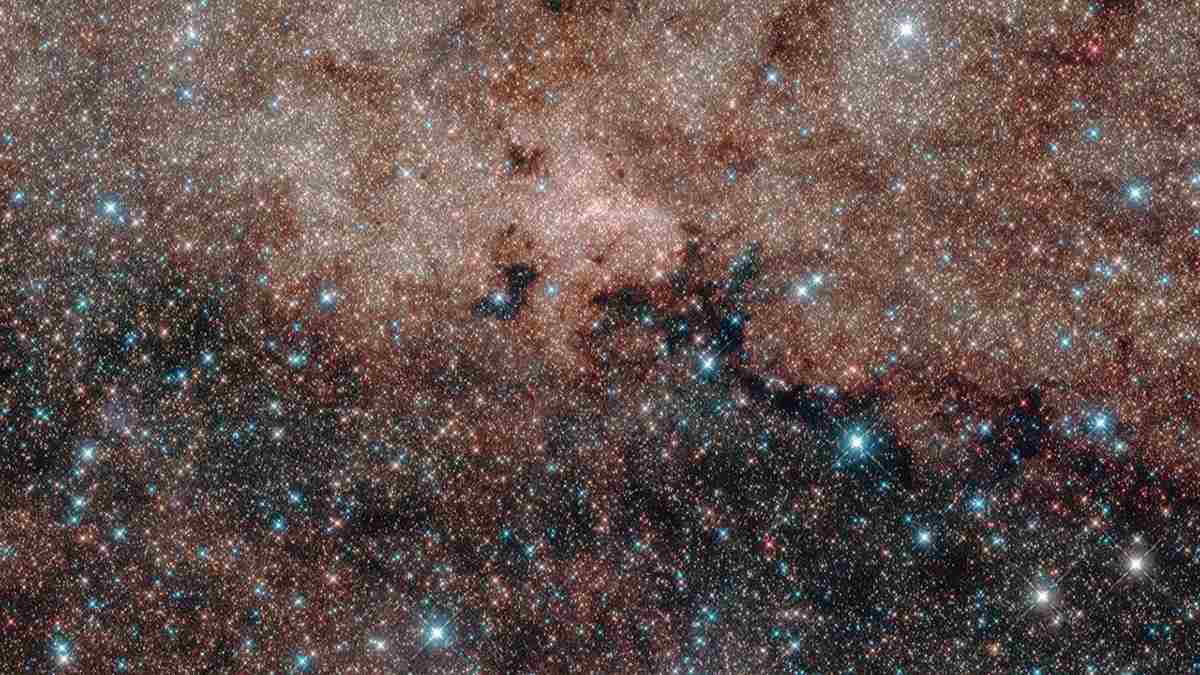Fast radio bursts (FRBs) are notoriously difficult to study. They are flashes of radio light that can outshine a galaxy but often last for only a fraction of a second. For years, all we could do was observe them by random chance and wonder about their origins. Now, thanks to wide-field radio telescopes such as CHIME, we have some general understanding as to their cause. They seem to originate from highly magnetic neutron stars known as magnetars, but the details are still a matter of some debate. Now a team has used a method known as scintillation to reveal more clues about this mysterious phenomenon.
Most FRBs occur in distant galaxies, meaning that their light must travel through the intergalactic medium and through the interstellar medium of the Milky Way to reach us. As a result, the light can be affected by gas and dust, causing it to distort a bit in frequency and polarization. Since different media affect different wavelengths of radio light, this can help us understand the origins of an FRB.
In this study, the team focused on an FRB named 20221022A, which originated in a galaxy 200 million light-years away. As the light traveled to us, interaction with the intergalactic medium caused the burst to flicker in brightness, known as scintillation. It’s similar to the way stars twinkle because their light passes through turbulent layers of Earth’s upper atmosphere.
One of the classic ways to distinguish a star from a planet in the night sky is that stars twinkle, but planets don’t. The light of both passes through the atmosphere, but since planets appear as a small disk of light, we don’t see them flicker. Stars appear as points of light, so we can see the flicker. The apparent size of a light source is the key factor.
In the same way, by looking at the scintillation of the FRB, the team was able to determine the size and location of the FRB light source. In this case, they found that FRB 20221022A had to have happened within 10,000 kilometers of a highly magnetic pulsar. This means the FRB must have originated within the magnetosphere of the pulsar, which confirms magnetars as the source of this particular FRB.
This study not only confirms magnetars as the source of FRBs; it proves that it is specifically an effect of their intense magnetic fields. Further observations such as this should allow us to understand how these magnetic fields can generate such intense radio light so quickly.
Reference: Nimmo, Kenzie, et al. “Magnetospheric origin of a fast radio burst constrained using scintillation.” Nature 637.8044 (2025): 48-51.









Leave a Comment